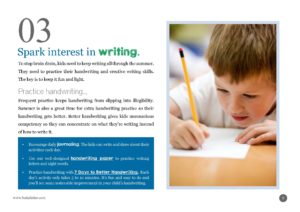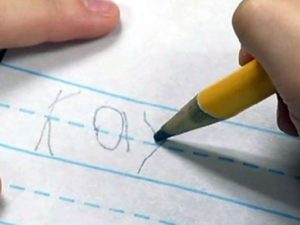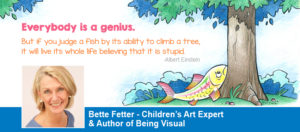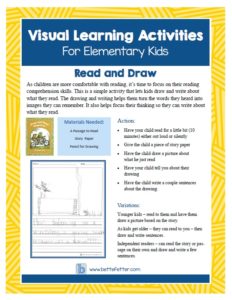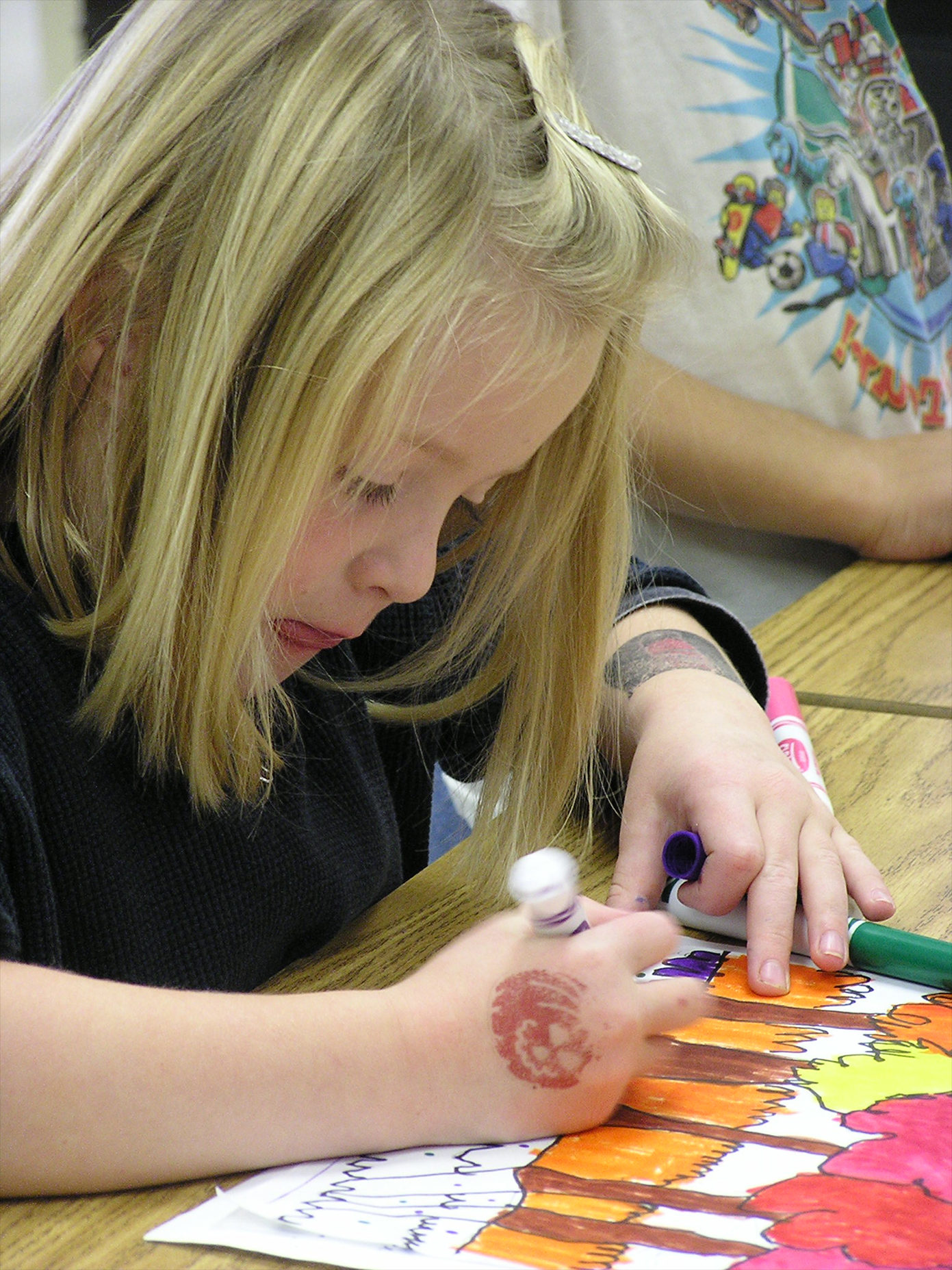How to Raise a Writer
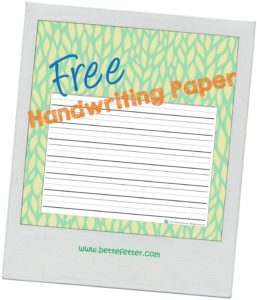 To honor the Back to School season, I’m giving you one of my most popular products selling on Teachers Pay Teachers for free. All you have to do to get access to these pages is subscribe to this blog.
To honor the Back to School season, I’m giving you one of my most popular products selling on Teachers Pay Teachers for free. All you have to do to get access to these pages is subscribe to this blog.
 To honor the Back to School season, I’m giving you one of my most popular products selling on Teachers Pay Teachers for free. All you have to do to get access to these pages is subscribe to this blog.
To honor the Back to School season, I’m giving you one of my most popular products selling on Teachers Pay Teachers for free. All you have to do to get access to these pages is subscribe to this blog.

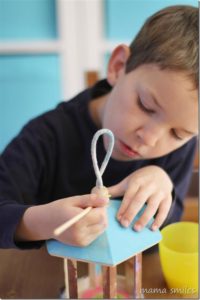
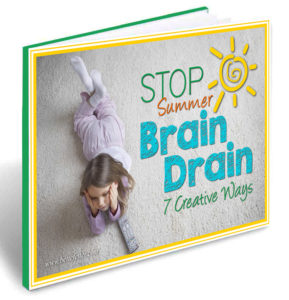
Children have a lot of visual memories that need to be translated to words. Talking things through before writing helps get the creative juices flowing and brings specific memories to the surface.
